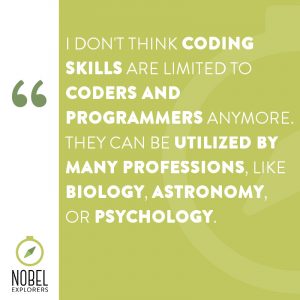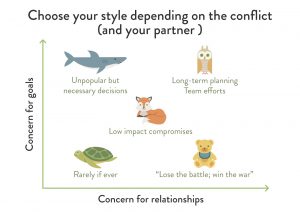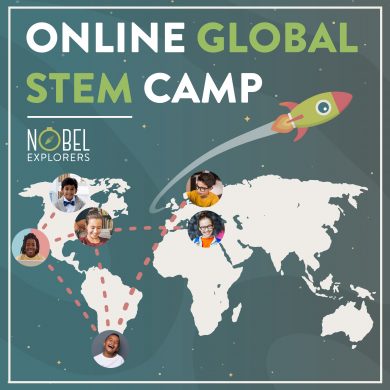A Student’s Guide to Nobel Explorer Badges
Hello, Nobel Explorers! You might have noticed some badges starting to pop up on your profiles. In case you wondered what they were and what they mean, check out this guide that will provide you with all the answers and explain just why are they’re so important.
Most of the Nobel Explorer badges are based on the World Economic Forum’s top 10 list of skills to have in 2020. These skills are supposed to make sure your future careers skyrocket and we’ve divided them into seven categories:
-
- Teamwork
- Complex Problem-Solving
- Creativity
- Critical Thinking
- Judgment and Decision-Making
- Handling Differences In Opinion
- Time Management
Teamwork
Heads-up Honcho
Student uses verbal and nonverbal cues to express active listening.
Showing that you’re not only paying attention to what’s being said but that you’re an active part of the conversation is a skill that is a vital aspect of teamwork. It conveys interest in what’s being said and helps you stay involved throughout the discussion.
Cordial Cruiser
Student is familiar with everyone’s names and roles
Getting friendly with everyone and remembering their names and roles is common courtesy 101. Furthermore, it’s important because it helps build cohesion, facilitates communication, and saves us from being on the receiving end of one or two facepalms when we’re trying to address each other in a group setting.
Student is able to maintain focus throughout the meeting.
Sooner or later during a discussion, you’re going to get the chance to pitch in. When that happens, you need to be ready. Maintaining focus throughout a session will allow you to contribute to the conversation in a relevant and meaningful manner.
Vocal Explorer
Student lets teammates know if he/she understands them or not.
When someone is addressing you directly, it’s important to convey whether or not you’re able to follow their train of thought. If you are, then you’ll be encouraging them, but if you’re not, then they’ll need to know in order to adapt their presentation accordingly. In good teamwork, misunderstandings are dealt with immediately so that everyone can keep up.
Wordy Whiz
Student lets teammates know when he/she is done sharing.
As a rule, it’s good to end your sentences with a signal cue that would let others know that it’s time for them to pitch in. If this becomes a habit, it will encourage everyone else to listen for that cue and not jump in while the speaker is in the middle of a sentence or simply not finished speaking.
Savvy Scout
Student understands the difference between facts and opinions, and is able to qualify statements accordingly.
When opinions are misconstrued as facts and vice versa, the whole conversation can be derailed. Opinions are very useful in driving things forward, but facts have much higher validity and are what provides any scientific discussion with structure. That is why it’s important to highlight your statements and qualify them as either fact supported by evidence or as an opinion which doesn’t have to be.
Funky Flowmaster
Student openly asks clarifying questions about things that he/she doesn’t understand.
People are often afraid that they’ll ask the wrong question and they fear how others will react. Not asking questions when necessary will always be much worse, because a topic which isn’t well understood can be of consequence for everyone in the group. It’s often the case that an unasked question at one point has a tendency to turn into 10 new questions later.
Sharing Seeker
Student encourages his/her teammates to share ideas.
Ideas trigger other ideas. Not all of them are bound to be great, but even they can inspire others to think of better ones. By encouraging others to share theirs, we are making a proper context for learning. When we express and discuss ideas freely, we can analyze, adjust, and transform them into better ones, and everyone gets to learn something in the process.
Student checks to ensure the rest of the group is able to follow and understand him/her.
When speaking about a subject, it’s important to let people show you that they’re listening and whether or not they understand what’s being said. By doing so, you’re encouraging others to show that they are actively listening and allowing them the opportunity to get their Heads-Up Honcho or Vocal Explorer badges!
Mobile Missionaire
Student makes project feedback easily accessible to everyone by using Google Sheets.
Feedback needs to be recorded in a transparent manner so that everyone has a clear overview of the topic under discussion. Google Sheets are a great tool that everyone has access to and it provides a setting for driving the discussion further via chat and by leaving comments.
Student asks for feedback on his/her ideas and work.
Feedback is the most important step in learning. Without it, we would never truly be able to know if what we’re doing makes sense or not. People often confuse feedback with criticism because each has the same component of essentially telling someone what was wrong about their work or actions. The difference is in the intention and the constructive suggestions that accompany feedback. This should not frighten a Nobel Explorer!
Proper Player
Student helps others learn and grow by providing them with constructive feedback.
This just means that giving and receiving feedback require a certain level of skill! Sharing direct information in a kind, yet encouraging manner is something that needs to be mastered but it’s also the most valuable asset in a teamworker’s toolkit.
Complex Problem-Solving
Discourse Driver
Student stays focused on the driving question throughout the discussion.
During a discussion, it’s easy for people to get more or less off track. This doesn’t mean that the topic emerging is not worth discussing, but rather that the main agenda needs to remain the focal point. The key is being able to recognize when the conversation is drifting and to act quickly to readdress the driving question.
Wandering Wonderer
Student uses WH- questions to understand the problem better and come up with appropriate ways for solving it.
Using questions that begin with who, what, when, where, and how is a powerful tool for getting familiar with all aspects of a specific challenge. These five types of questions will provide you with all the information you need and provide a better vantage point before tackling the issue.
Solution Finder
Student is able to come up with a quick fix for the problem at hand.
Coming up with quick-fix solutions isn’t applicable to all situations, but when it is, it can be quite rewarding for the entire team. Now all the time that would usually be spent on a lengthy discussion can be directed towards solving the more difficult challenges.
Mindful Mapper
Student utilizes mind maps to better understand different ideas and how they are connected to the central concept.
When presenting everyone with a complex topic, mind maps are a great way of making sure everyone understands the central concept and how exactly all relevant ideas are connected to it. If prepared correctly, everyone will be able to better understand the topic at hand and it will save the team from having to go over lots of different questions.
Creativity
Smart Spotter
Student records ideas about the project in their alone time.
Many of the greatest minds have made their famous scientific breakthroughs outside of their laboratories and offices while performing common everyday tasks and activities. When inspiration strikes and an idea about solving an issue raised in class emerges, writing it down so that you can discuss it at the next meeting is the proper way to go.
Buddy Brainiac
Student applies brainstorming to generate ideas.
Brainstorming is a useful tool to have at your disposal when a challenge requires a particularly creative resolution. The greater the number of different ideas, the wider the choice for reaching a better solution.
Critical Thinking
Early Examiner
Student dives deeper into the subject by using open-ended and follow-up questions.
Being thorough in the opening stages of resolving an issue can do wonders for the team in terms of time-saving and error-prevention. By asking questions that drive the discussion deeper, you will be establishing a firm base for upcoming areas of discussion and everyone will have a much clearer picture of the challenge at hand.
Thorough Thinker
Student spots the pros and cons of different ideas and solutions.
Getting to know both sides of the coin contributes to developing a full, unbiased picture of a subject or an idea that’s being discussed. When we take the good with the bad and vice versa, we’re creating the conditions for rational decision-making and properly informed judgment.
Judgment and Decision-Making
Smoother Solver
Student uses checklists to stay on top of his/her work.
Making a list of our assignments is an essential first step towards a job well done. Using checklists allows us to have a clear overview of our activity-schedule and keeps us from overlooking some important tasks.
Handling Differences In Opinion
Wise Observer
Student confirms if the team really has a disagreement on a specific topic.
If we’re not able to comprehend the opinions of people on the other side of the argument, we tend to misconstrue them, which only creates an illusion of a disagreement. The better you understand the topic, the more chance you have of figuring out if the team is actually on the same page or not.
Conflict Chronicler
Student is capable of getting to the bottom of a disagreement.
When engaged in a disagreement with your fellow Explorers, you need to focus on uncovering the roots of your conflict. Focusing on issues that appear on the surface would be the equivalent of a doctor treating symptoms and not the disease.
Roaming Runner
Student is able to identify if a problem should be resolved immediately or left for another day.
It’s usually a good thing to want to resolve issues the second you spot them. However, sometimes you’ll be trying to tackle several challenges at the same time, and you need to know how to prioritize them, focus on the ones that are most urgent as well as most important, and leave the rest for another time.
Time Management
Captain Prompt
Student shows up for meetings on time.
Attending meetings at the scheduled time is crucial for productivity but also a sign of respect to your fellow Explorers and their time.
Smooth Sailor
Student can identify tasks and organize them into a to-do list.
Creating to-do lists is a sure-fire way of increasing productivity even before the “real” work starts. Once you’ve understood your assignments, remember to organize them, create a list, and enjoy that little rush you get when you start checking them off!
Blake Timely
Student sets reminders for deadlines and important dates.
We’re usually so confident in our abilities that we don’t care about taking additional precautions in order to avoid any mistakes that might happen. Setting a reminder for an upcoming big event, meeting, or a deadline, takes minimal work but it’s also shown to be a proven insurance policy.
Tickling Traveler
Student can break down a job into smaller tasks and submit them on time.
You need to take responsibility for your assignments and an important aspect of that is being able to break them down into smaller components you can handle more easily and perform on time. Having these skills can also help your team’s overall planning process because you’ll be able to make better time assessments and design your deadlines accordingly.
Hey there!
You made it all the way to through! We don’t have a badge for this though, but a heartful “Great Job” should work just fine! Now that you’re all caught up with how the badge system works, it’s time to go out there and get as many as you can!
Have a look at some of our projects you can become a part of!
Become a Nobel Explorer Today!
Prepare yourself for the jobs of the future and
open up a world of amazing career opportunities!

 STEM is vital for non-STEM jobs as well
STEM is vital for non-STEM jobs as well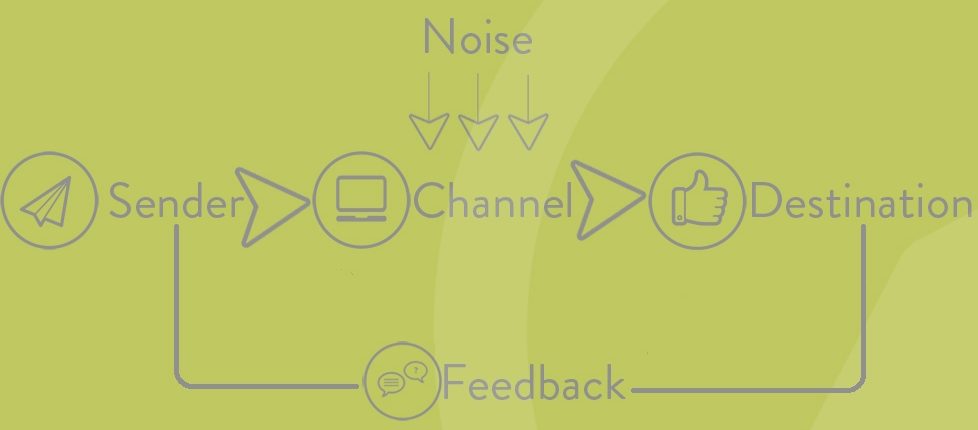
 Listening to others – In order for a two-way conversation to happen, one party must listen to what others have to say, processing information and understanding it
Listening to others – In order for a two-way conversation to happen, one party must listen to what others have to say, processing information and understanding it
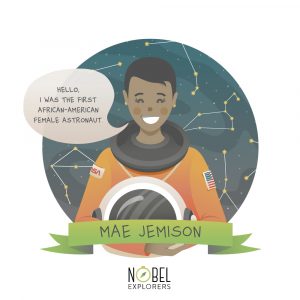 Images children have about themselves are highly significant when it comes to their achievement in school. A confident child is ready to learn, cooperate with others, and behave as a responsible individual, especially with the guidance of a teacher and counselor [5] .
Images children have about themselves are highly significant when it comes to their achievement in school. A confident child is ready to learn, cooperate with others, and behave as a responsible individual, especially with the guidance of a teacher and counselor [5] .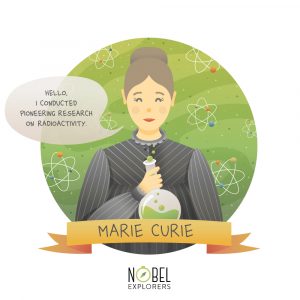 First, you can talk about those women who, throughout history, have excelled in science and math fields. History books and school curricula don’t place much emphasis on the influence women had in the past, so learning about women who were important for science is a great start. From Hypatia (Hellenistic philosopher, mathematician, and astronomer), to Ada Lovelace (considered the first computer programmer) and Marie Curie (conducted pioneering research on radioactivity), history is actually full of women who were essential to the advancement of science.
First, you can talk about those women who, throughout history, have excelled in science and math fields. History books and school curricula don’t place much emphasis on the influence women had in the past, so learning about women who were important for science is a great start. From Hypatia (Hellenistic philosopher, mathematician, and astronomer), to Ada Lovelace (considered the first computer programmer) and Marie Curie (conducted pioneering research on radioactivity), history is actually full of women who were essential to the advancement of science. Most studies about girls and STEM show there is a huge benefit in gathering a diverse group of girls together, paying attention to each one of them, and keeping the activities fun. Educators must strike a balance between holding girls to high expectations and providing freedom, socialization, and engaging STEM activities. Girls in focus groups said that an important part of this is the teacher’s understanding of adolescents and their culture [2]. There is significantly more to learning than just transferring knowledge, and individual attention and communication with and among students is really important to a good learning process [4].
Most studies about girls and STEM show there is a huge benefit in gathering a diverse group of girls together, paying attention to each one of them, and keeping the activities fun. Educators must strike a balance between holding girls to high expectations and providing freedom, socialization, and engaging STEM activities. Girls in focus groups said that an important part of this is the teacher’s understanding of adolescents and their culture [2]. There is significantly more to learning than just transferring knowledge, and individual attention and communication with and among students is really important to a good learning process [4].
